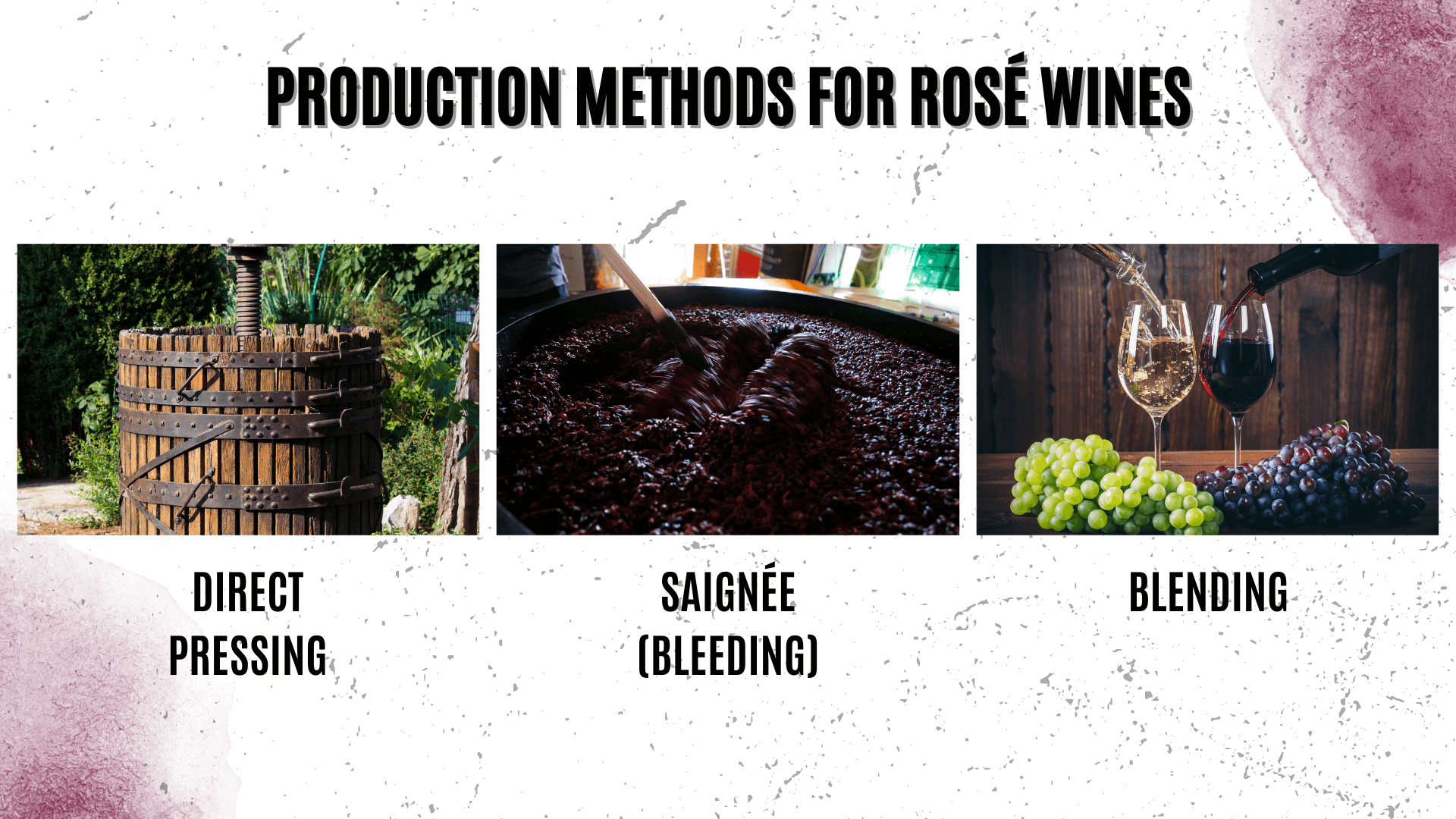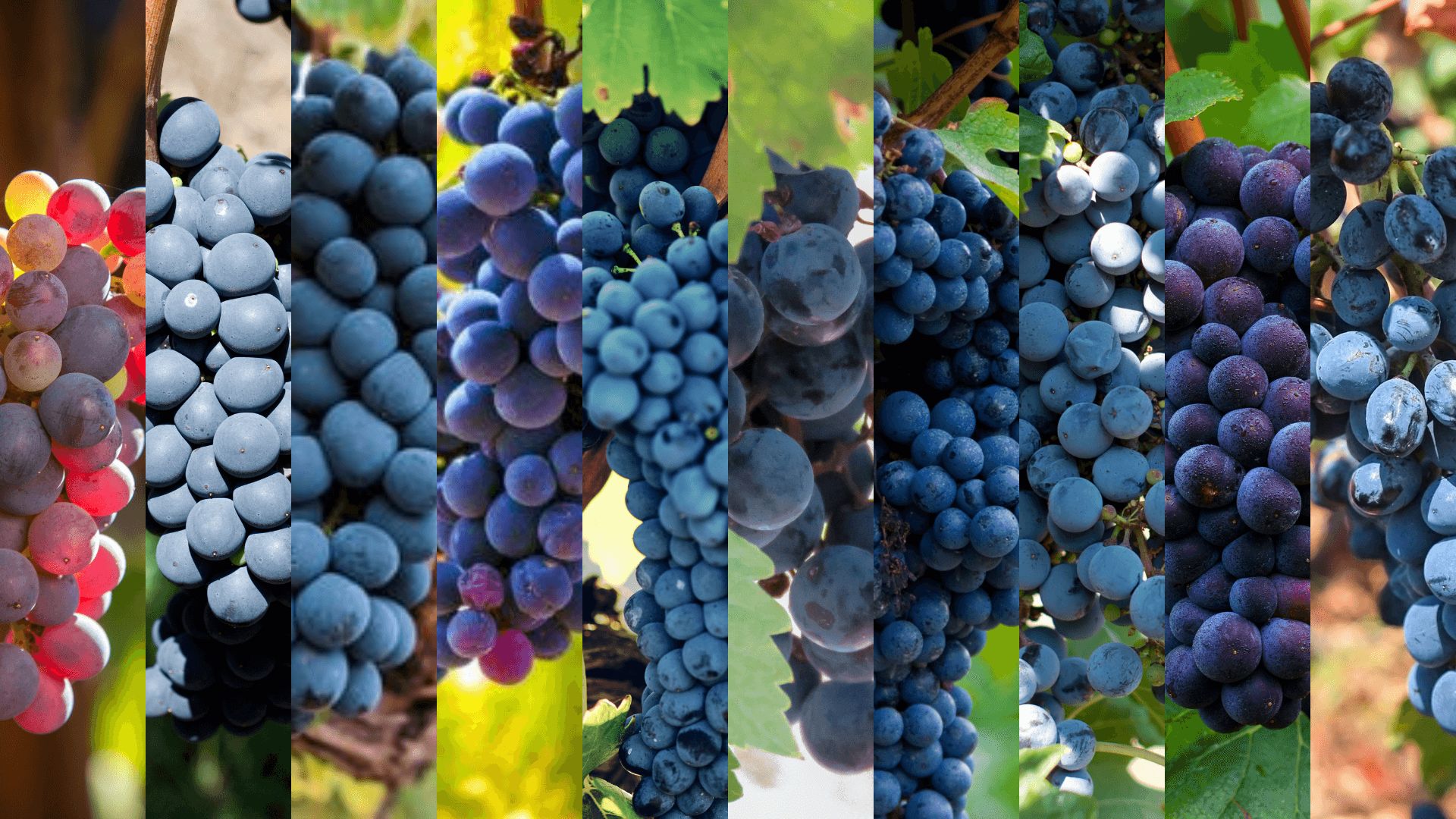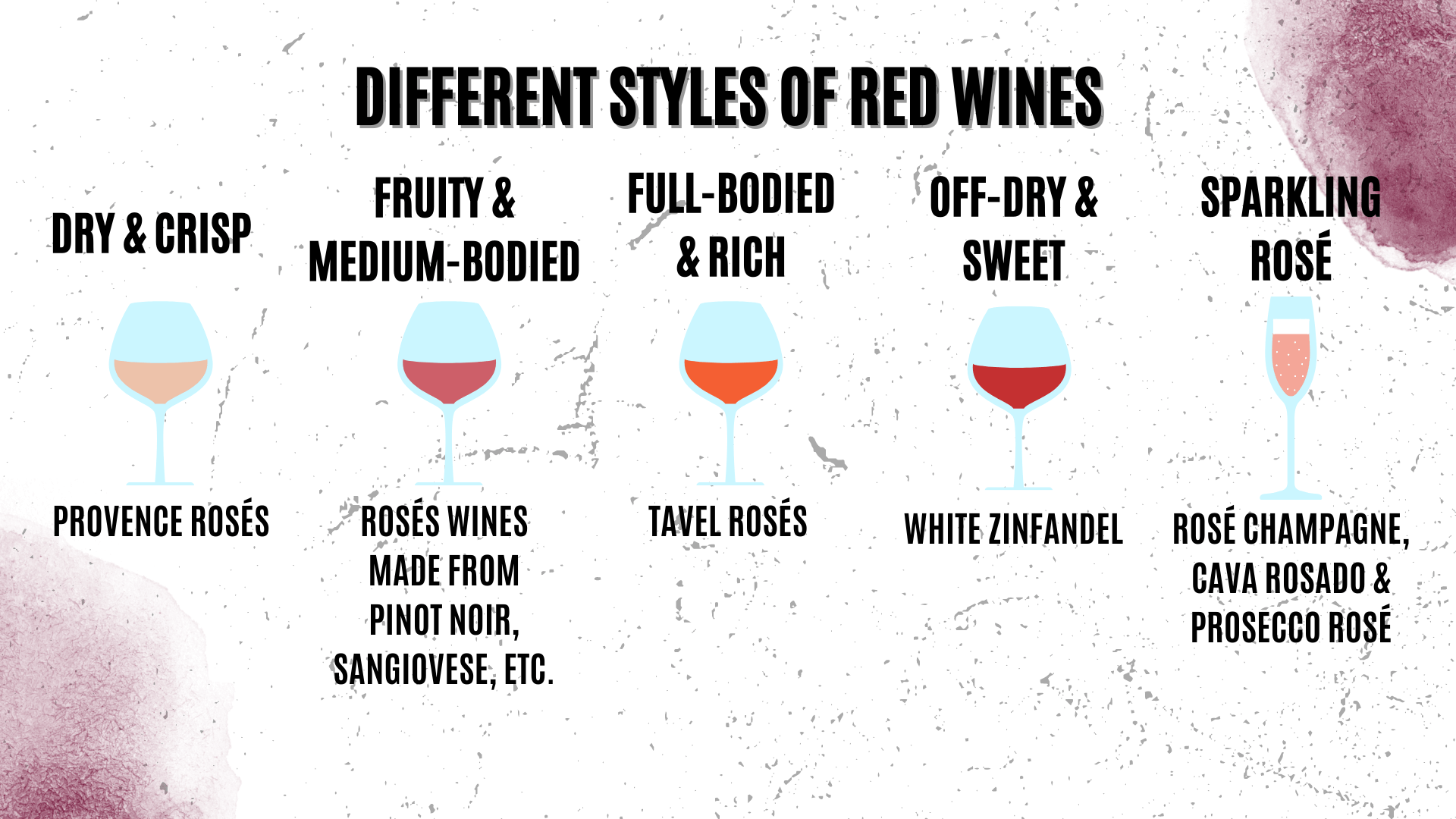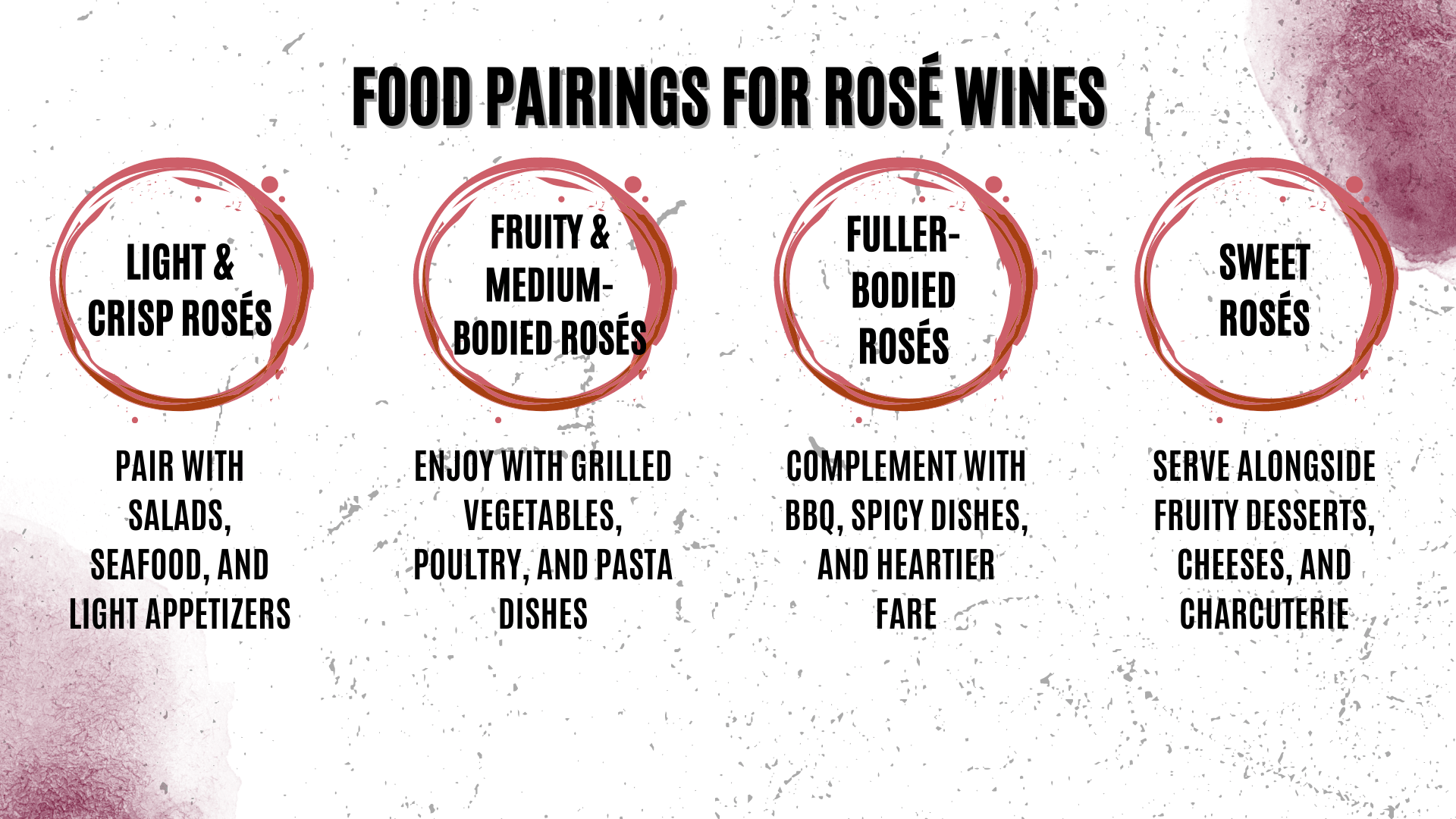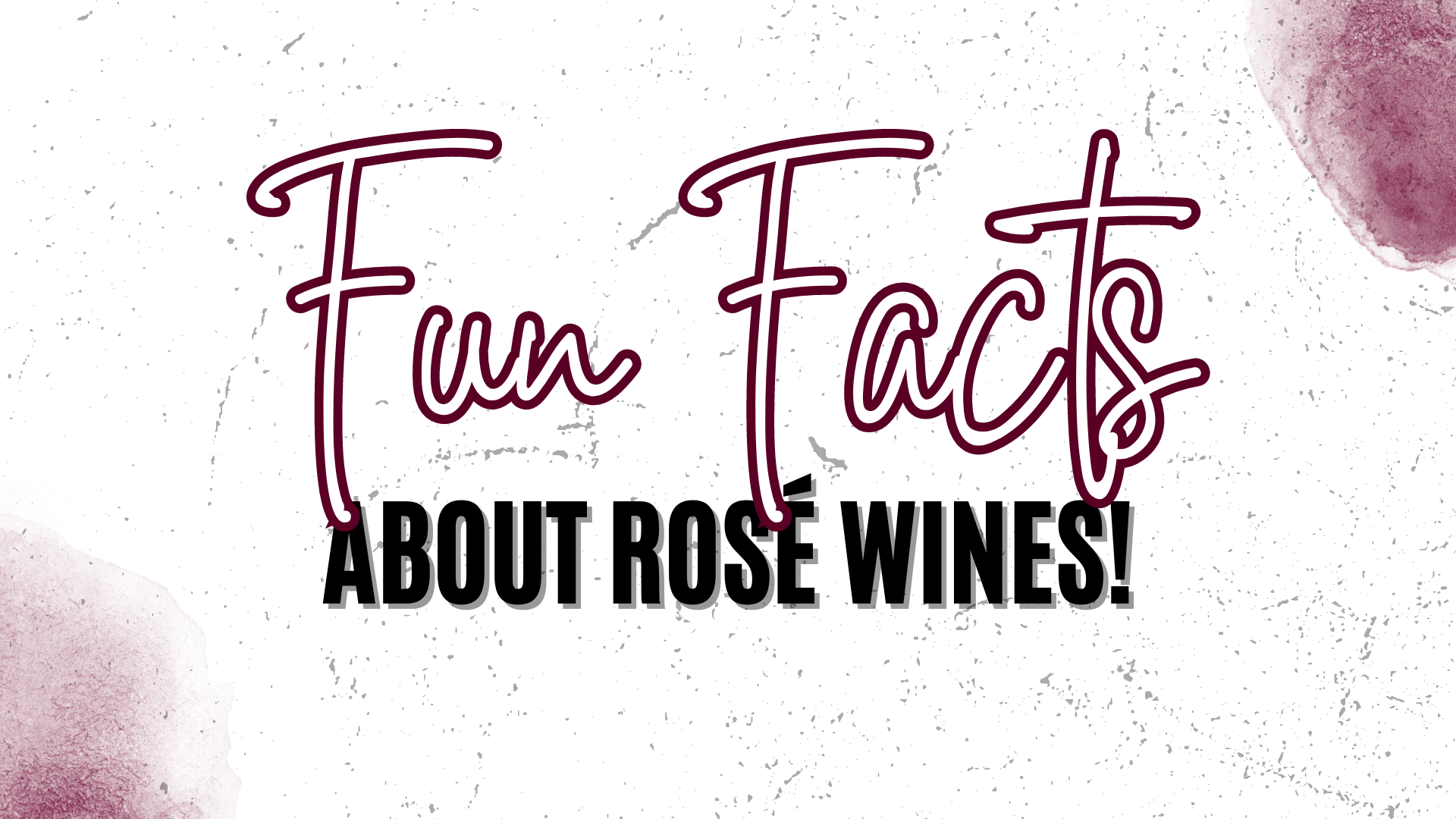Introduction
Rosé wines, known for their beautiful pink hue, are versatile and perfect for a variety of occasions. With a wide range of styles, from dry and crisp to fruity and sweet, rosé wines can be enjoyed with a variety of dishes. In this guide, we will explore the production methods, grape varieties, styles, and food pairings of rosé wines, along with answering some frequently asked questions.

I. History of Rosé Wines
The history of rosé wines dates back to ancient times, with evidence suggesting that some of the earliest wines produced were likely pinkish in color. This is because early winemaking techniques involved minimal skin contact with the grapes, resulting in a lighter hue.
Rosé wines began to gain prominence in the South of France, particularly in the Provence region, where winemakers have been producing rosé for centuries. The popularity of rosé wines has steadily increased over time, and today they are enjoyed by wine enthusiasts around the globe.
II. Production Methods for Rosé Wines
- Direct Pressing – Grapes are pressed immediately after harvest, and the juice is briefly in contact with the grape skins, resulting in a light pink color. This method is used for many delicate, elegant rosés.
- Saignée (Bleeding) – A portion of the juice is removed from red wine grapes during the initial fermentation stage, concentrating the color and flavors of the remaining wine. The removed juice is then fermented separately to produce rosé wine.
- Blending – A small amount of red wine is blended with white wine to create a pink color. This method is less common and mainly used for sparkling rosés, such as in Champagne.
III. Grape Varieties Used for Rosé Wines
- Grenache: This red grape variety is commonly used in rosé wines from the Provence region in France. It imparts flavors of red fruit, citrus, and herbs, and contributes to the wine’s refreshing acidity.
- Syrah: Syrah-based rosé wines often exhibit flavors of red berries, pepper, and floral notes. This variety is used in various regions, including the Rhône Valley in France and New World wine regions like Australia and California.
- Mourvèdre: A red grape variety used in Provence rosé blends, Mourvèdre adds structure and complexity, along with flavors of dark fruit, spice, and earthy notes.
- Cinsault: Another popular grape variety used in Provence rosé blends, Cinsault contributes to the wine’s delicate fruit flavors, floral notes, and soft texture.
- Sangiovese: This Italian grape variety is often used to produce rosato wines in Tuscany and other regions of Italy. It imparts flavors of cherry, red berries, and floral notes, along with bright acidity.
- Tempranillo: A Spanish red grape variety, Tempranillo is used to produce rosado wines in Spain, with flavors of red fruits, herbs, and a hint of spice.
- Cabernet Sauvignon: This red grape variety is used to produce rosé wines in regions like Bordeaux and California. Cabernet Sauvignon-based rosés typically have flavors of red currant, cherry, and bell pepper, with a more structured and full-bodied profile.
- Merlot: Merlot is another red grape variety used in rosé wines, particularly in Bordeaux and New World wine regions. It contributes flavors of plum, red berries, and a velvety texture to the wine.
- Pinot Noir: Pinot Noir-based rosé wines often have flavors of red berries, citrus, and floral notes. This variety is used to produce rosé wines in regions like Burgundy, Oregon, and California.
- Zinfandel: In the United States, Zinfandel grapes are used to produce the popular White Zinfandel rosé wines. These wines are typically sweeter and fruitier, with flavors of strawberries, watermelon, and cotton candy.
- Cinsault – Commonly used in southern French rosés, Cinsault brings lightness and fruity flavors.
V. Styles of Rosé Wines
Rosé wines can be found in a variety of styles, ranging from bone-dry to sweet, and from light and crisp to full-bodied and complex. The style of a rosé wine depends on factors such as the grape varieties used, the winemaking techniques employed, and the region in which the grapes are grown. Here are some of the most common styles of rosé wines:
- Dry and Crisp: These rosés are characterized by their refreshing acidity, bright fruit flavors, and minimal residual sugar. Examples include Provence rosés from France, which are often made from Grenache, Cinsault, and Mourvèdre grapes, and exhibit flavors of red berries, citrus, and herbs.
- Fruity and Medium-Bodied: These rosés are more fruit-forward and have a slightly fuller body than their dry and crisp counterparts. They often showcase red fruit flavors, such as strawberry and raspberry, with a touch of sweetness. Examples include rosé wines made from Pinot Noir, Sangiovese, and Tempranillo grapes.
- Full-Bodied and Rich: Full-bodied rosés have more structure and complexity, often due to the use of bolder grape varieties or extended skin contact during winemaking. These wines may exhibit flavors of dark fruit, spice, and earthy notes. Examples include Tavel rosés from the Rhône Valley, which are typically made from Grenache and Syrah grapes, and rosés made from Cabernet Sauvignon and Merlot.
- Off-Dry and Sweet: These rosés have a noticeable amount of residual sugar, making them sweeter on the palate. They can still display fruity and floral flavors, but with a more pronounced sweetness. Examples include White Zinfandel from California, which is made from Zinfandel grapes, and some rosé wines from the Loire Valley in France made from Grolleau or Gamay grapes.
- Sparkling Rosé: Sparkling rosé wines are produced using the same traditional or tank methods as sparkling white wines but are made with red grapes or a blend of red and white grapes. They can range from dry to sweet, and often exhibit flavors of red berries, citrus, and floral notes. Examples include rosé Champagne from France, Cava rosado from Spain, and Prosecco rosé from Italy.
VI. Food Pairings for Rosé Wines
- Light and crisp rosés – Pair with salads, seafood, and light appetizers.
- Fruity and medium-bodied rosés – Enjoy with grilled vegetables, poultry, and pasta dishes.
- Fuller-bodied rosés – Complement with BBQ, spicy dishes, and heartier fare.
- Sweet rosés – Serve alongside fruity desserts, cheeses, and charcuterie.
VII. Fun Facts about Rosé Wines
- Color Variation: The color of rosé wines can range from pale salmon to deep magenta, depending on the grape variety and winemaking techniques used.
- Skin Contact: The pink color of rosé wines is achieved by allowing the grape skins to remain in contact with the juice for a short period, typically a few hours to a few days.
- Versatility: Rosé wines are incredibly versatile, pairing well with a wide variety of foods, from seafood and salads to grilled meats and charcuterie.
- Production Methods: There are several methods for producing rosé wines, including direct pressing, maceration, saignée, and blending.
Frequently Asked Questions
Rosé wines should be served chilled, between 45-55°F (7-13°C).
Most rosé wines are meant to be enjoyed within 1-2 years of release. Some fuller-bodied or age-worthy rosés can be stored for 3-5 years.
No, rosé wines can range from bone-dry to sweet, with a wide array of flavors and styles to suit every palate.
An opened bottle of sparkling wine can last for 1-3 days if properly sealed with a wine stopper and refrigerated. However, the wine’s effervescence will gradually decrease over time.



